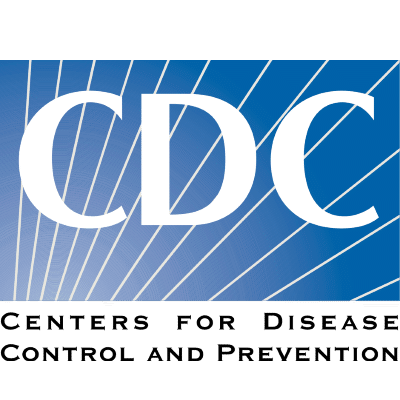On July 22, the Centers for Disease Control and Prevention (CDC) held a meeting of the Board of Scientific Counselors...


On July 22, the Centers for Disease Control and Prevention (CDC) held a meeting of the Board of Scientific Counselors...

Your advocacy has made an impact. Congress has directed the Department of Health and Human Services to disseminate the...

Approximately 5,400 individuals and organizations responded to the Centers for Disease Control and Prevention (CDC)’s...
While most in-person conferences and meetings have been canceled or postponed as a result of the pandemic, U.S. Pain...
We're dedicating today, June 11, to flooding policymakers with our request that they allocate funding for key...
On April 17, the Centers for Disease and Control and Prevention (CDC) opened an official docket requesting comments...
Congress has been hard at work on emergency supplemental appropriations bills in response to the COVID-19 pandemic and...
Colorado is considering a bill, HB 20-1085, that would help increase affordable access to some types of pain care. How...
State legislative sessions across the country are now in full swing! Here are some major trends we’re seeing related...
Over the years, we've heard many stories from pain warriors who wished their health care providers knew more about...
U.S. Pain Foundation recently spearheaded a joint letter to the U.S. House Energy and Commerce (E&C) Committee and...
U.S. Pain Foundation was among several hundred organizations and individuals to weigh in on a recent Food and Drug...